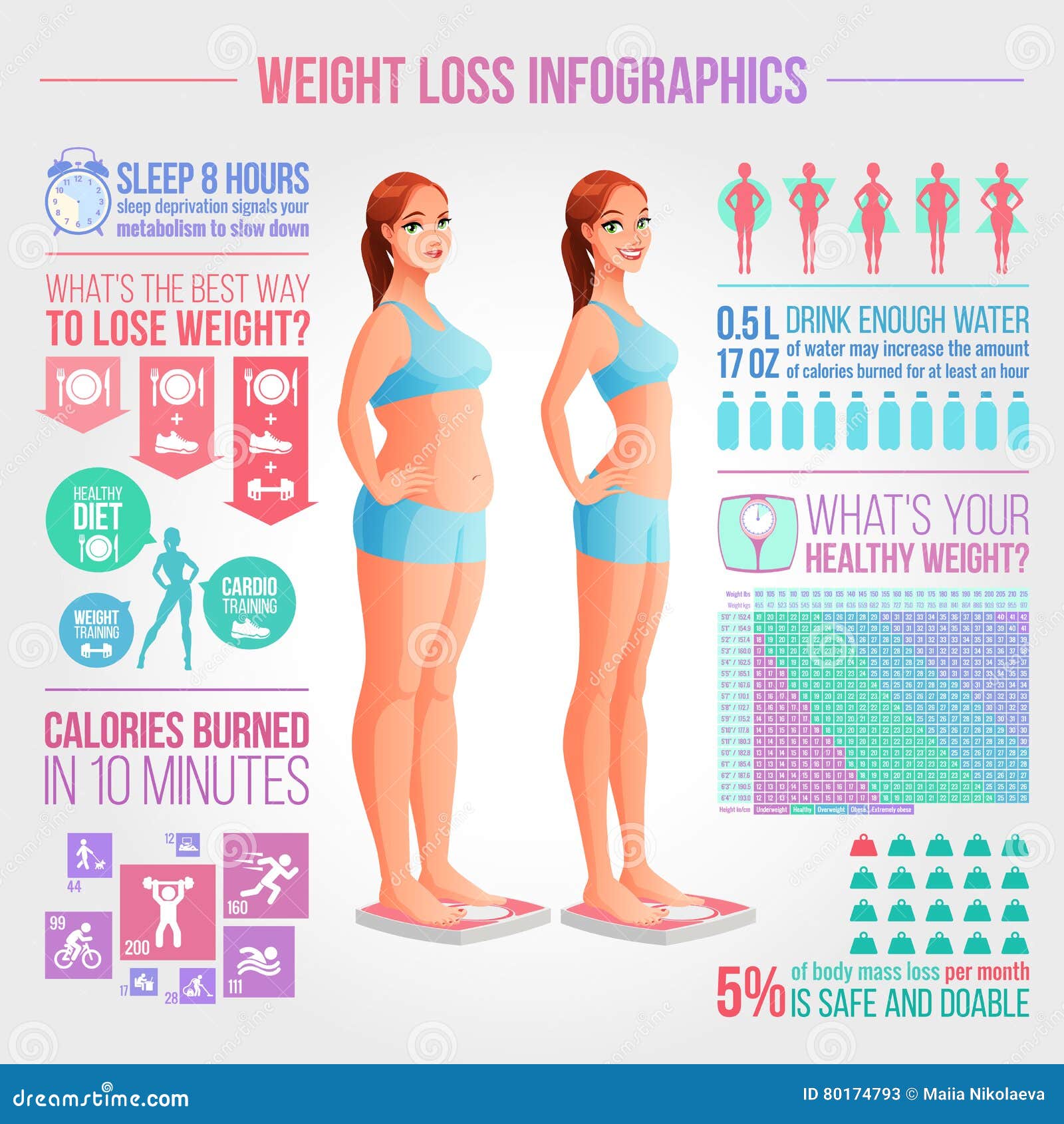Cold laser therapy is a valuable device to aid suffering monitoring and the healing procedure. It is typically used in sporting activities medication, dermatology and acupuncture.
Cold lasers permeate deep into cells and promote chemical adjustments without warming them. They reduce swelling and swelling, speed mobile activity and accelerate recovery.
Theoretical History
Unlike the high-intensity lasers that surgeons use to puncture tissue, cool laser therapy makes use of light-emitting diodes to permeate into your skin and advertise healing. As these photons get to damaged cells, they start a domino effect that boosts your cells' production of enzymes and increases your body's natural recovery procedures.
The photons likewise reduce discomfort through the manufacturing of endorphins and increase your body's capability to drain pipes inflamed locations by inducing vasodilation (the development of blood vessels). Therefore, it helps you recoup from musculoskeletal injuries and discomfort faster.
Many people have found out about chilly laser therapy from their physiotherapist, chiropractic doctor or physician and may be wondering exactly how it works. Unlike many laser gadgets utilized in the clinical area, which really heat up tissue, our cutting edge devices releases cold laser light beams that do not cause any type of home heating of your cells. This enables your body to get the restorative benefits without causing any type of side effects.
Medical Tests
Cold laser therapy is usually suggested as a treatment choice for clients that have musculoskeletal discomfort and injuries. It can be utilized to reduce inflammation, strengthen cells and speed up the body's natural healing procedures.
Non-thermal photons of red and infrared laser radiation are taken in by the light sensitive components in cells and start an increase in intracellular metabolic rate that enhances cell reproduction, reduces swelling, gets rid of edema and shortens recovery time.
Unlike the light that is created by sunshine or common lights, laser light is parallel (all wavelengths traveling in the same direction), systematic and monochromatic. These residential properties allow laser energy to permeate much deeper into the cells.
A number of clinical trials have actually shown that LLLT can be effective in minimizing pain in the bone and joint system. Nevertheless, even more well-designed studies are needed to assess the optimal settings for laser irradiation and to establish its effectiveness in certain conditions, such as oral mucositis in cancer cells individuals obtaining radiation treatment or radiotherapy, and injury recovery (consisting of diabetic abscess adhering to hammertoe surgery). This Aetna plan notice does not deal with various other uses LLLT, including the treatment of different skin diseases.
Conclusions
Unlike surgical lasers that can ruin lumps or coagulate tissue, chilly laser treatment does not warm the body's cells. Instead, the light stimulates your cells to generate adenosine triphosphate, which speeds up the repair work procedure of injured tissues.
Aetna takes into consideration low-level laser (LLL) therapy clinically necessary for the prevention of oral mucositis connected with cancer cells treatment (chemotherapy, radiation therapy, hematopoietic stem cell hair transplant) and non-cancer therapies (such as radiodermal injury, fibromyalgia). Several research studies revealed that LLT can be effective in reducing PU signs without damaging effects. However, differences in research study styles and laser dosimetry made contrast of the outcomes hard; RCTs with low risk of predisposition are required. Making use of a 660 nm wavelength and greater energy density appears to be much more efficient than the various other examined laser wavelengths. This could be due to the fact that the various other wavelengths might stimulate inflammatory processes and trigger more adverse effects. The impact of the kind of laser utilized is additionally vital; the writers suggest that future research study concentrate on evaluating different kinds of lasers and their dosages to determine the optimum mix of laser criteria for PU avoidance.
Referrals
Cold laser therapy is used by dental professionals to treat irritated gum cells, physicians to alleviate discomfort triggered by rheumatoid joint inflammation, and physical therapists to speed up the healing of muscle mass, tendon, and ligament chronic knee pain injuries. Many medical insurance strategies cover this therapy.
Unlike warm lasers, which have a thermal result on cells, chilly lasers (likewise called low-level lasers) promote the mobile energy of the skin. Photons from the laser light permeate right into the cell, activating a series of chemical modifications that advertises regeneration and decreases inflammation.
In order to be effective, lasers must be properly setup and used. This is why it is not advisable to buy an inexpensive over-the-counter laser device and attempt to treat on your own in the house. An experienced professional is needed to guarantee that the device is used correctly to lessen the danger of eye injury and maximize its efficiency. The laser device must be gotten used to the proper setup, intensity, regularity, and placement of the laser on the therapy location.
